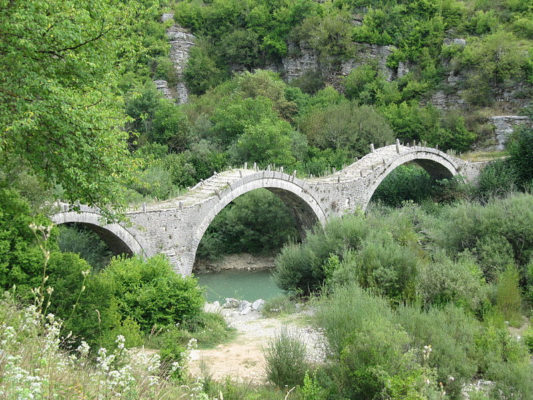Directory of Secondary Education of Pieria
During the last decades, the socio-political reality of Europe has brought to classroom students with an immigrant or refugee background who live and work with local students. Children of different language and with cultural backgrounds are called to develop the same academic language skills – writing and reading – to learn new concepts, to express themselves and to communicate.
How can we ensure a healthy and creative cooperation within the European school, in order to prevent a situation like the “Tower of Babel”?

POEME gives the answer! It reminds us that monuments – tangible, intangible, natural, digital – can serve as cultural “bridges” and unite students in a common world heritage. One of the cultural features of a people is its language. The aim of POEME is to the inclusio of migrant students, by familiarizing them with the European culture, which can only be achieved through their acquaintance with the most powerful cultural tool, language.
Language is not “colored” nationally in the POEME project. It is a continuous cultural field, it creates a linguistic space full of cultures and perspectives. With respect to the mother tongue, children learn the second language in many different and modern ways, and the two languages “complement each other”. This perception is based on Cummins’s important hypothesis of “common underlying language ability” according to which the languages we know are interconnected through this ability. After all, modern approaches are gradually moving away from learning rigorous language structures in order to acquire a language proficiency in a particular language. Orientation is now different: what is learned by means of each language is “stored” in a conceptual repository to which, each language that makes up the bilingual student’s language repertoire, has access. What is more, everything stored in that language reservoir is potentially utilized in all languages of the bilingual person (Skourtou, 2011). In this way, the concept of “continuous” in the development of bilingual literacy is confirmed. In addition, students’ bilingualism is used as an opportunity to broaden the cultural and linguistic horizons of all students in class, even those who are considered monolingual (Skourtou, 2011).
Thus, languages and consequently cultures are not independent “fields”, where the possible assimilates the weakm, but dynamic elements that interact and above all, unite. POEME finally proves that the strongest language is a human achievement, the monument in which timeless thought and world culture are reflected.
Let’s bridge the gap!
References:
Cummins, J. (2005). Identities under negotiation. Empowerment training in a society of otherness. Athens: Gutenberg.
Skourtou, E. (2011). Bilingualism at school. Athens: Gutenberg.





